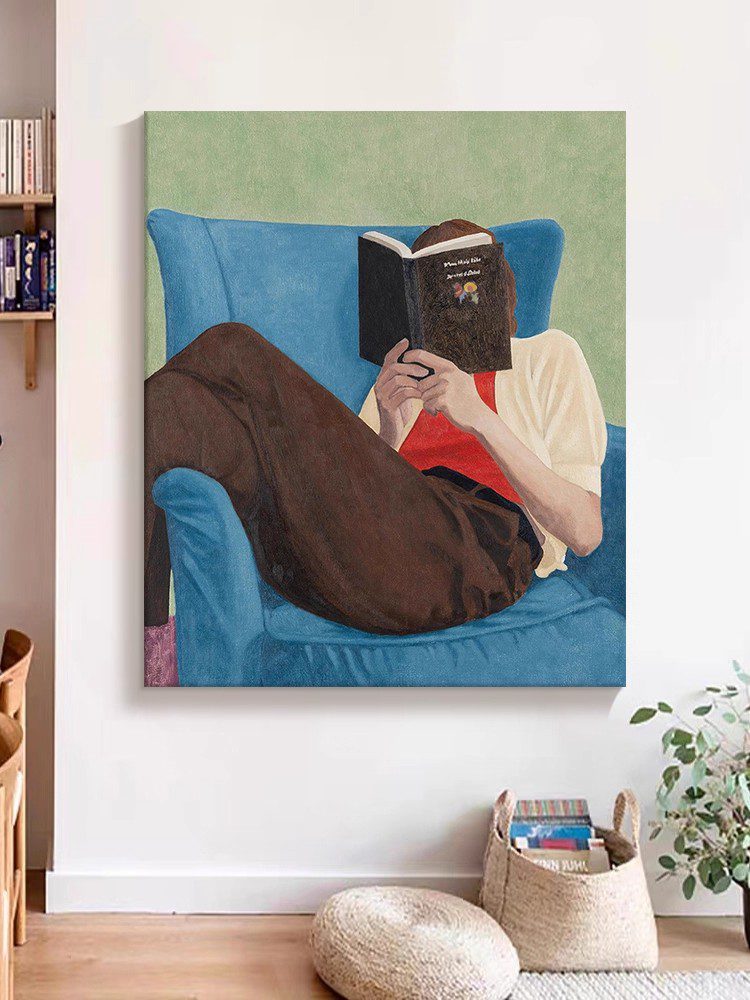The Convergence of Hand-Painted Oil Art and Digital Art: Bridging Tactile and Virtual Realms
The integration of hand-painted oil techniques with digital art practices represents a dynamic evolution in creative expression. This hybrid approach allows artists to leverage the organic textures and emotional depth of traditional painting while embracing the flexibility, interactivity, and global reach of digital tools. Below, we explore how this fusion manifests across creation, presentation, and audience engagement.
Merging Physical and Digital Workflows in the Creative Process
Combining oil painting with digital art begins long before the final piece is complete. Artists often alternate between analog and digital stages to refine ideas, experiment with compositions, and solve technical challenges.
- Use digital sketching to plan oil compositions. Many artists start by drafting layouts on tablets or software like Photoshop or Procreate, testing color palettes and spatial arrangements without wasting materials. These sketches can then guide brushwork, ensuring intentionality in the physical painting. For example, a digital mockup might reveal that a landscape’s horizon line needs adjustment to balance warm and cool tones in the oil layer.
- Project digital images onto canvas for tracing or inspiration. By projecting a digital photograph or abstract design onto a primed surface, artists can transfer key elements (like outlines or patterns) before applying oil paint. This method bridges the precision of digital design with the unpredictability of hand-applied textures, creating a dialogue between control and spontaneity.
- Scan or photograph oil paintings for digital enhancement. After completing a traditional piece, artists might digitize it to add effects like glowing outlines, animated elements, or layered textures. A portrait painted in oils, for instance, could be augmented with digital brushstrokes that mimic falling petals or shifting light, transforming a static image into a narrative-driven animation.
Leveraging Digital Tools to Expand Oil Painting’s Possibilities
Digital art’s versatility enables artists to push the boundaries of what oil painting can achieve, from experimental textures to interactive installations.
- Create mixed-media collages by combining scanned oil textures with digital graphics. Artists can photograph the rough surface of a dried oil impasto or the translucent layers of a glaze, then import these images into digital software to blend with vector shapes, typography, or 3D models. The result is a hybrid piece that retains the tactile quality of paint while incorporating the scalability and precision of digital design.
- Develop interactive oil paintings using augmented reality (AR). By embedding QR codes or AR markers into a physical painting, viewers can scan the work with their smartphones to unlock digital overlays—such as animated backgrounds, soundscapes, or alternative color schemes. A still life of fruit, for example, might “come to life” with digital insects swarming around it, adding a temporal dimension to the otherwise timeless medium.
- Experiment with generative algorithms to inform brushwork or composition. Some artists use AI tools to analyze their oil paintings and suggest adjustments, such as highlighting areas that lack contrast or proposing unconventional color combinations. Others input parameters (e.g., mood, rhythm) into algorithmic software to generate abstract digital patterns, which they then reinterpret through oil strokes on canvas.
Redefining Presentation and Accessibility Through Digital Platforms
The digital realm offers new ways to exhibit and distribute oil-digital hybrid art, breaking down geographical and economic barriers to access.
- Showcase time-lapse videos of the painting process. Documenting the creation of an oil work from start to finish—including digital planning stages—provides audiences with insight into the artist’s methodology. These videos, shared on social media or streaming platforms, demystify the fusion of traditional and digital techniques while building anticipation for the final piece.
- Offer high-resolution digital reproductions for global audiences. Not everyone can visit a gallery to view an oil painting in person, but digital scans or 3D models allow viewers to explore details (like brushstroke direction or pigment layering) up close. Some artists even sell limited-edition digital prints alongside original oils, catering to collectors who appreciate both mediums.
- Design virtual reality (VR) galleries for immersive experiences. By recreating physical exhibition spaces in VR, artists can display their oil-digital hybrid works in environments that enhance their themes. A painting exploring urban decay, for instance, might be exhibited in a digital gallery with crumbling walls and ambient city sounds, deepening the viewer’s emotional connection to the piece.
Navigating Challenges in Authenticity and Technical Integration
Combining oil painting with digital art raises questions about authorship, materiality, and the definition of “original” work. Artists must address these challenges thoughtfully to maintain artistic integrity.
- Clarify the role of digital tools in the creative process. Is the digital component a supplementary layer, a collaborative partner, or the primary driver of the concept? Transparency about methodology helps audiences appreciate the complexity of hybrid works. For example, an artist might disclose that a digital algorithm generated the initial composition, which they then refined with oil paint.
- Preserve the tactile qualities of oil painting in digital adaptations. While digital enhancements can add depth, they should not overshadow the physicality of the original work. A common approach is to use digital elements sparingly—such as adding subtle motion to a single section of the painting—so the oil’s texture remains the focal point.
- Engage with copyright and reproduction ethics. Digitizing oil paintings or incorporating third-party digital assets (like stock images or AI-generated content) requires careful consideration of intellectual property laws. Artists often navigate this by creating original digital components or obtaining proper licenses, ensuring their hybrid works are legally sound.
The fusion of hand-painted oil art and digital art is not a replacement for either tradition but an expansion of their possibilities. By embracing both mediums’ strengths, artists create works that resonate across physical and virtual spaces, inviting audiences to experience beauty, emotion, and innovation in unprecedented ways. This convergence reflects a broader cultural shift toward interdisciplinary collaboration, proving that creativity thrives when boundaries are reimagined rather than enforced.
